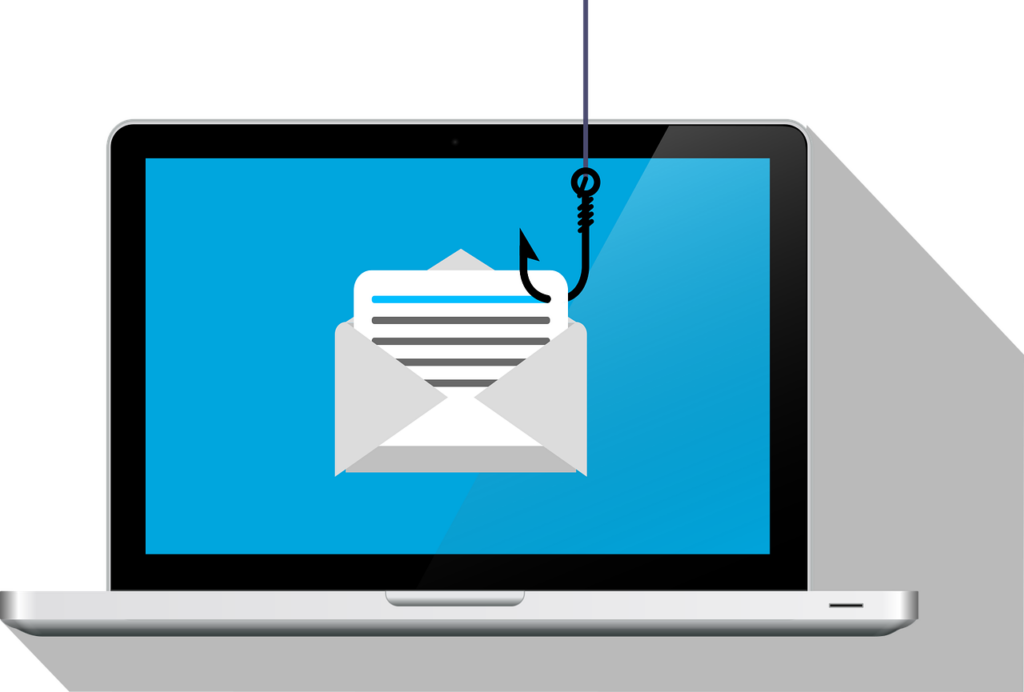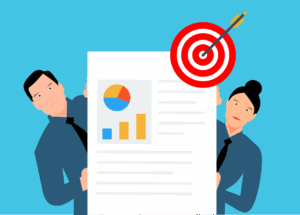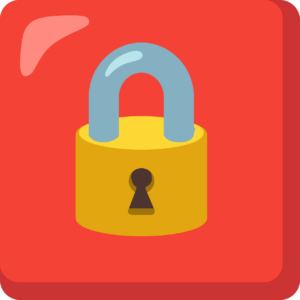Gmail is one of the most targeted platforms out there — and for good reason. It’s widely used, links to other Google services, and stores everything from emails to passwords to payment info. That makes it a goldmine for cybercriminals.
With AI-powered attacks becoming more advanced, phishing emails are getting harder to detect — even for tech-savvy users. As we head into 2025, the threats are smarter, faster, and harder to stop. Here’s what Gmail users need to watch out for, and how to stay one step ahead.
The New Threats Gmail Users Face in 2025
Cyber threats are constantly evolving, and AI is changing the game.
Hackers are now using AI to craft ultra-convincing phishing emails. These fake emails mimic your real contacts — sometimes even copying their tone and writing style. The goal? Trick you into clicking a link or sharing your login info. Nearly half of phishing attempts are now AI-powered.
But that’s not all. We’re also seeing deepfakes — realistic fake videos or audio clips — used to impersonate trusted people. And AI-generated malware is getting better at dodging detection by traditional security tools.
Gmail’s deep integration with other Google services makes this worse. If someone breaks into your Gmail account, they might also access your:
- Google Drive
- Google Photos
- Google Pay
- Chrome-saved passwords
- Even your YouTube channel
In other words, a hacked Gmail account can lead to a full digital takeover.
This is exactly the kind of threat we help manage through our IT Support services — especially for small businesses and individuals in Brisbane and Mackay who rely on Gmail for work.
What This Means for Gmail Users
The line between legit and fake is blurrier than ever. AI allows phishing emails to look personalized and realistic. You might get a fake message from what looks like your bank, your boss, or even Google itself.
And with deepfakes entering the mix, it’s no longer just about written scams. You could see or hear a message that looks and sounds like someone you trust — but it’s completely fake.
AI-generated malware is also getting sneakier, slipping past traditional antivirus tools and staying hidden until it’s too late.
For individuals, this means higher risks of identity theft, stolen banking info, and compromised personal data. For businesses, a hacked Gmail account could trigger a data breach, lost client trust, or even regulatory issues.
That’s why more businesses in Brisbane and Mackay are turning to Managed IT and Managed Services to keep email systems secure and monitored around the clock.
Other Gmail Security Risks to Watch
It’s not just phishing. Here are two more threats making waves:
1. Zero-Day Exploits
These are brand-new vulnerabilities that even Google doesn’t know about yet. Hackers use them to break into accounts before patches are released. Zero-day attacks are becoming more common — and more dangerous.
2. Quantum Computing Threats
Quantum computing isn’t mainstream yet, but it’s coming. And when it does, current encryption methods could become breakable. That means even strong passwords and two-factor authentication may not be enough in the long run.
So what can you actually do about it? Let’s break down the steps.
How to Keep Your Gmail Account Safe
Use a Strong, Unique Password
Skip the obvious stuff like “123456” or your dog’s name. Use a mix of letters, numbers, and symbols — and don’t reuse passwords across different accounts. A password manager helps with this.
Turn On Two-Step Verification
Also known as 2FA. This adds a second layer of protection by requiring a code from your phone or a physical security key. Even if someone steals your password, they still can’t log in.
Review Third-Party App Access
Head into your Google Account settings and check which apps have access. Remove anything you don’t recognize or no longer use. This is a common backdoor hackers exploit.
Use Google’s Advanced Protection Program
This feature is built for people at high risk (like business owners or those handling sensitive data). It uses stronger verification, better download protection, and limits risky app access. Highly recommended.
If you’re managing a team or handling sensitive business data through Gmail, we can help you set all of this up as part of a Managed Services package — with monitoring and support built in.
Gmail Security in 2025: Final Thoughts
Gmail is still a powerful and secure tool — but only if you stay ahead of the curve. The rise of AI-powered scams, deepfakes, and smarter malware means users need to be more vigilant than ever.
Stay informed. Audit your settings. Keep your protection up to date. And if you’re feeling unsure, don’t go it alone — our team helps individuals and businesses in Brisbane, Mackay, and beyond stay protected from evolving cyber threats.
Security isn’t a one-time setup — it’s an ongoing process. Stay sharp, stay safe, and don’t let the hackers win.
—




